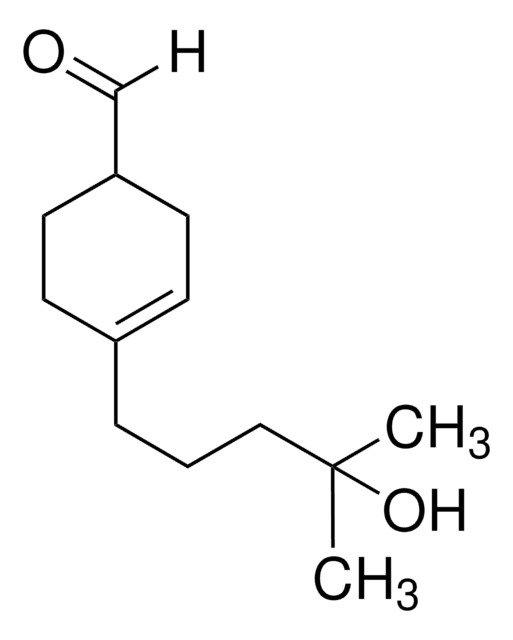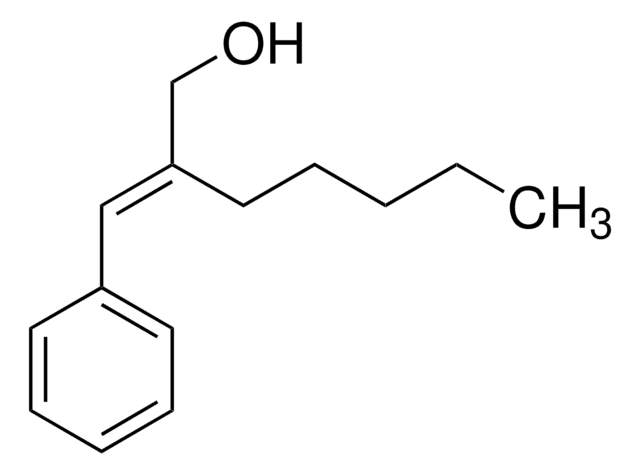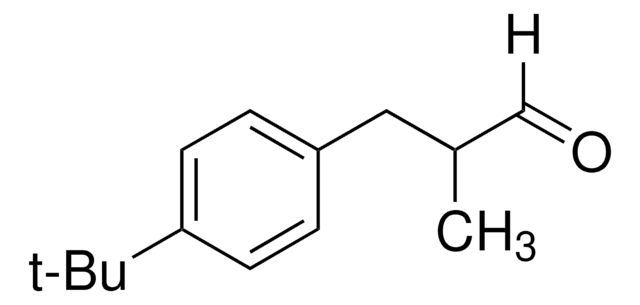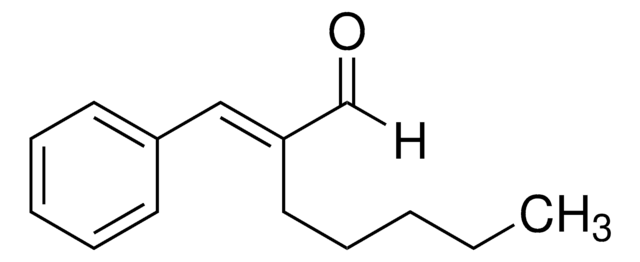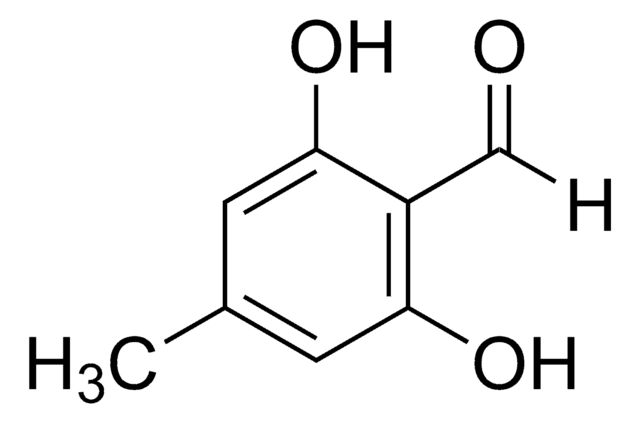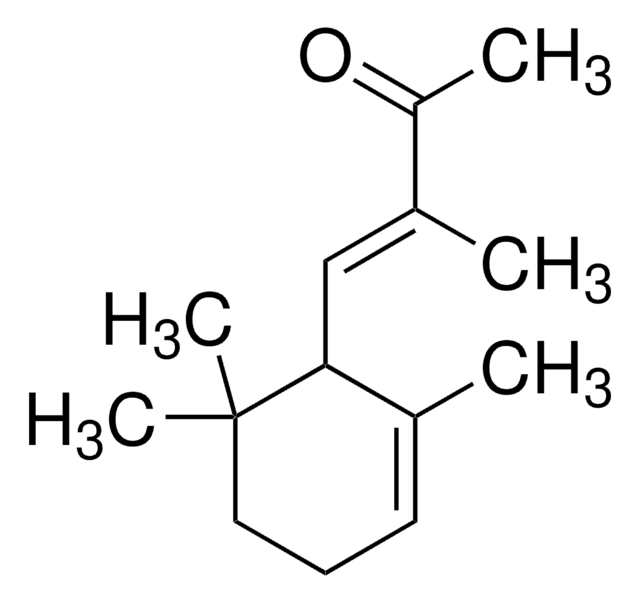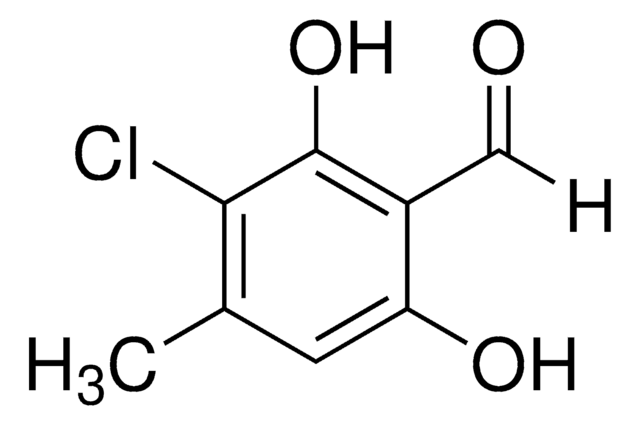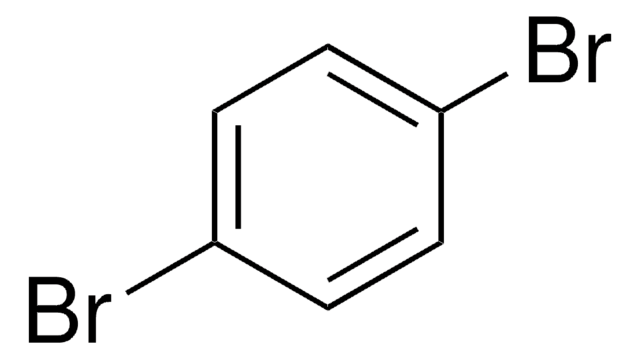Wichtige Dokumente
95594
4-(4-Hydroxy-4-methylpentyl)-3-cyclohexen-1-carbaldehyd
mixture of isomers, ≥97.0% (GC)
Synonym(e):
4-(4-Hydroxy-4-methylpentyl)-3-cyclohexene-1-carboxaldehyde, 4-(4-Hydroxy-4-methylpentyl)-3-cyclohexenecarboxaldehyde, 4-(4-Methyl-4-hydroxyamyl)cyclohex-3-ene carboxaldehyde, Landolal, Liral
About This Item
Empfohlene Produkte
Assay
≥97.0% (GC)
Form
liquid
Dichte
0.995 g/mL at 20 °C
Funktionelle Gruppe
aldehyde
hydroxyl
Lagertemp.
2-8°C
SMILES String
[H]C(=O)C1CCC(CCCC(C)(C)O)=CC1
InChI
1S/C13H22O2/c1-13(2,15)9-3-4-11-5-7-12(10-14)8-6-11/h5,10,12,15H,3-4,6-9H2,1-2H3
InChIKey
ORMHZBNNECIKOH-UHFFFAOYSA-N
Suchen Sie nach ähnlichen Produkten? Aufrufen Leitfaden zum Produktvergleich
Lagerklassenschlüssel
10 - Combustible liquids
WGK
WGK 2
Flammpunkt (°F)
275.2 °F
Flammpunkt (°C)
135.1 °C
Persönliche Schutzausrüstung
Eyeshields, Gloves
Hier finden Sie alle aktuellen Versionen:
Besitzen Sie dieses Produkt bereits?
In der Dokumentenbibliothek finden Sie die Dokumentation zu den Produkten, die Sie kürzlich erworben haben.
Kunden haben sich ebenfalls angesehen
Unser Team von Wissenschaftlern verfügt über Erfahrung in allen Forschungsbereichen einschließlich Life Science, Materialwissenschaften, chemischer Synthese, Chromatographie, Analytik und vielen mehr..
Setzen Sie sich mit dem technischen Dienst in Verbindung.